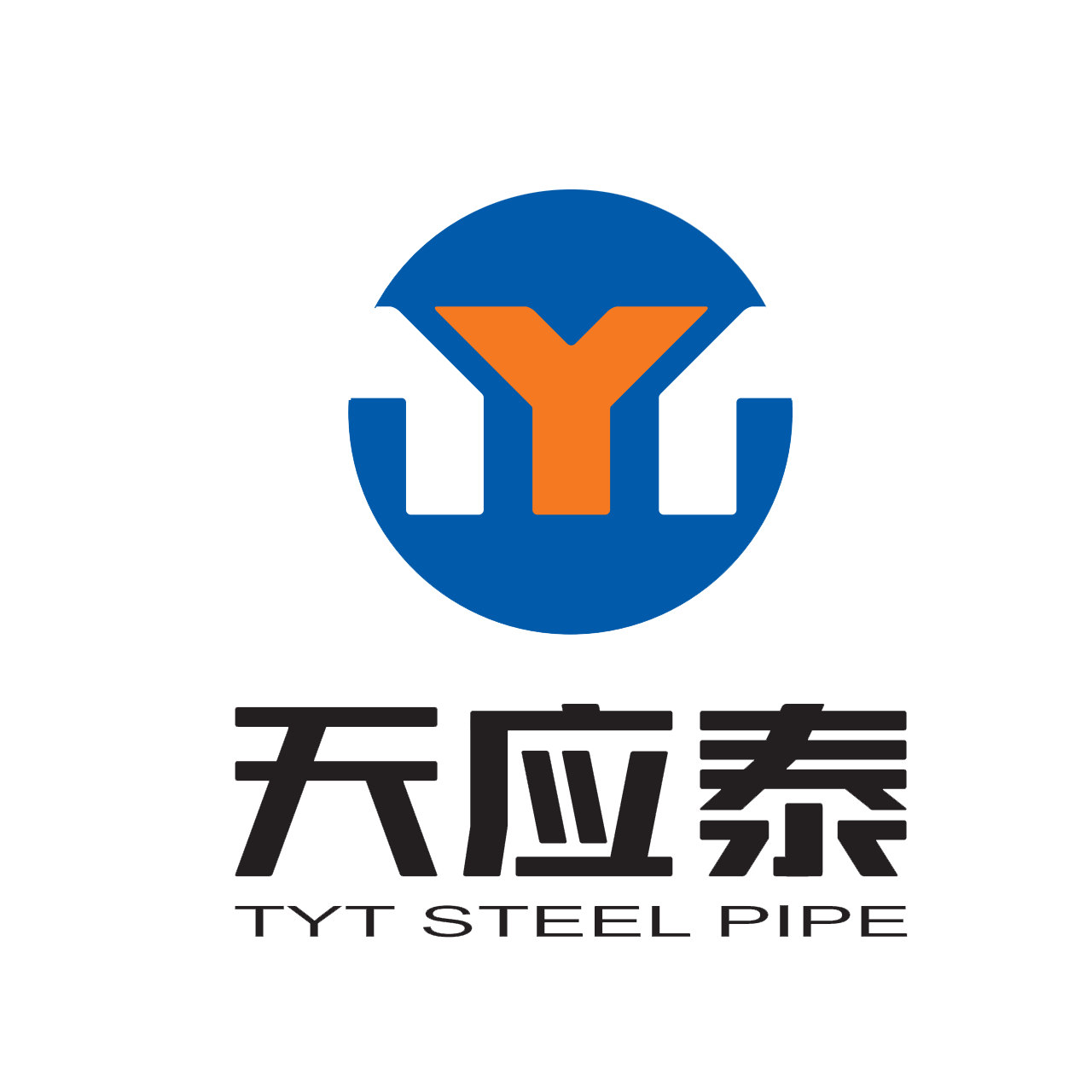In today’s diverse classrooms, educators face the challenge of ensuring that all learners have access to learning opportunities that are meaningful, engaging, and effective. This is no easy task, as students with different learning needs and cultural backgrounds require a range of supports and materials to succeed in their learning. However, by providing scaffolding, teachers can help students overcome barriers and unlock their potential.
Scaffolding refers to the support structures and assistance that teachers provide to students to help them learn. This can take many different forms, such as providing clear instructions, breaking down complex tasks into smaller steps, modeling how to complete a task, and providing feedback on student work. Scaffolding is not just about providing extra help to struggling learners; it is about creating a supportive learning environment where all students are encouraged to take risks, make mistakes, and learn from them.
One of the key benefits of scaffolding is that it helps to remove the barriers that prevent students from accessing learning opportunities. For example, students who struggle with reading comprehension may find it difficult to understand a text on their own, but with the help of scaffolding, they can gain a better understanding of the text. This may involve providing them with a graphic organizer to help them organize their thoughts, highlighting key vocabulary words, or providing a video or audio clip to supplement the text.
Scaffolding also helps to unlock the potential of students who may be overlooked or underestimated by the educational system. For example, students who are English language learners may face the challenge of learning a new language, but with the help of scaffolding, they can make significant progress in their language development. By providing translated texts, visual aids, and opportunities for peer collaboration, teachers can help these students feel valued and supported.
Another group of learners who can benefit from scaffolding are students with disabilities. By providing them with alternative ways to access the content, such as through visual aids, audio recordings, or tactile materials, teachers can help these students overcome the barriers that may prevent them from learning. Scaffolding can also help to build their self-esteem and confidence, as they begin to see that they are capable of learning and achieving success.
In conclusion, scaffolding is a powerful tool for educators to remove barriers and unlock the potential of all learners. By providing support, assistance, and guidance, teachers can create a learning environment where all students are empowered to achieve their full potential. With the right scaffolding, students can develop the skills, knowledge, and confidence they need to succeed in school and beyond.

